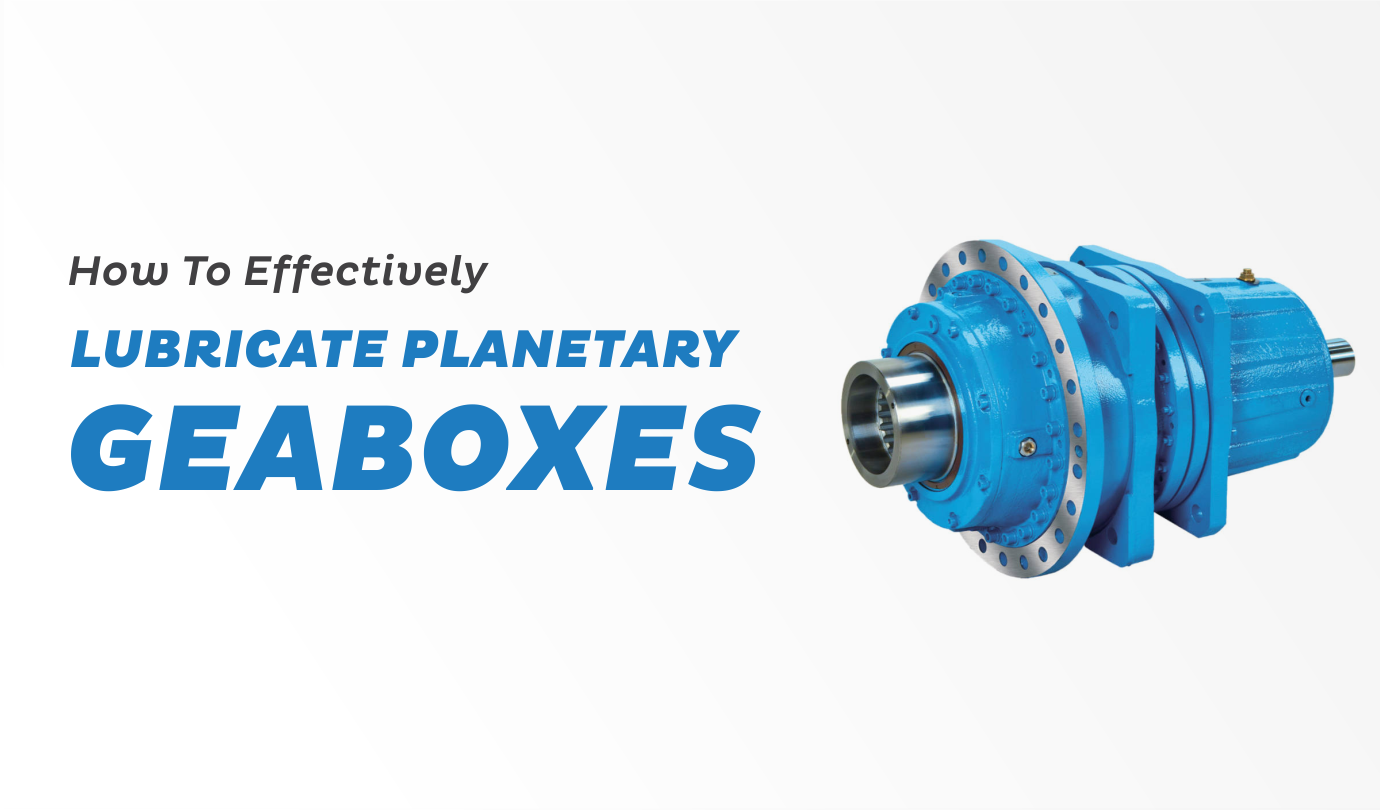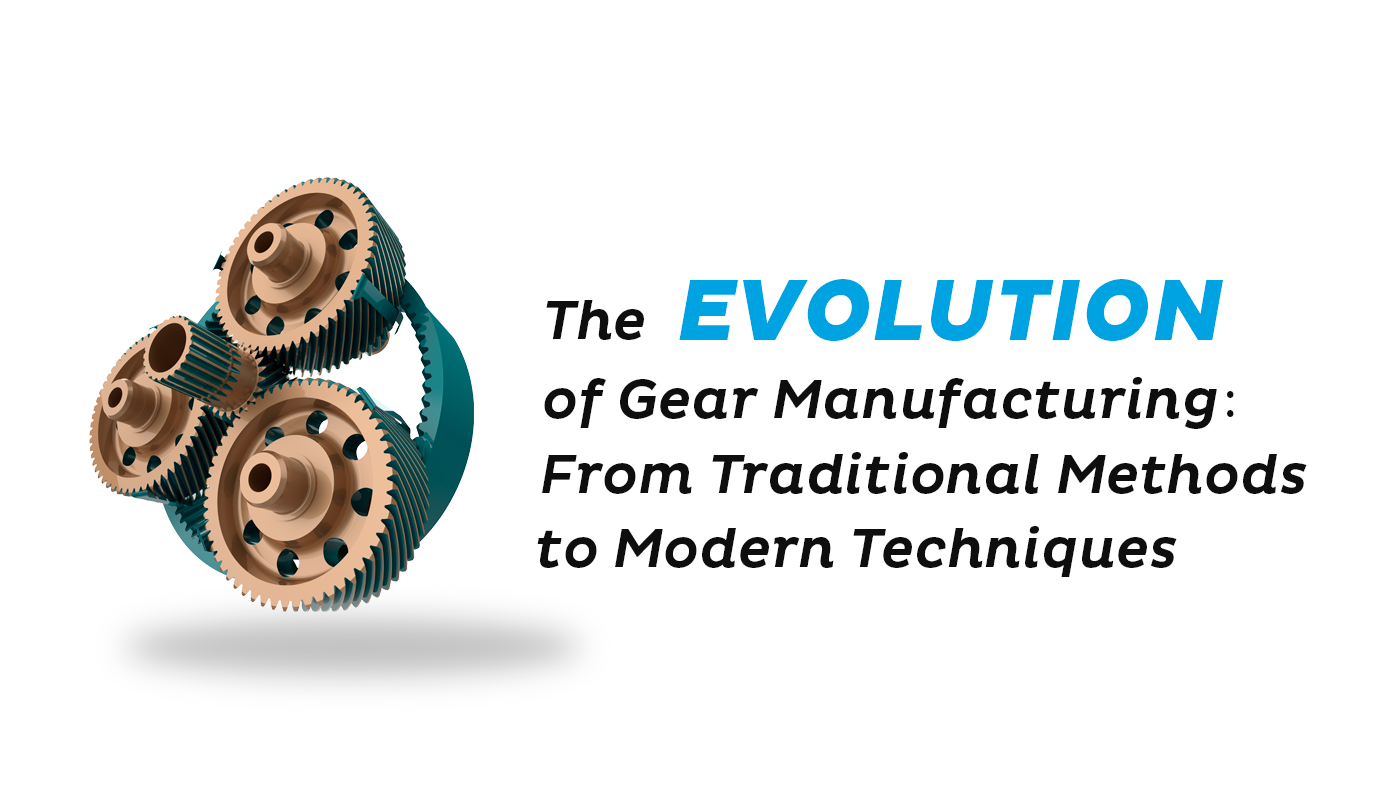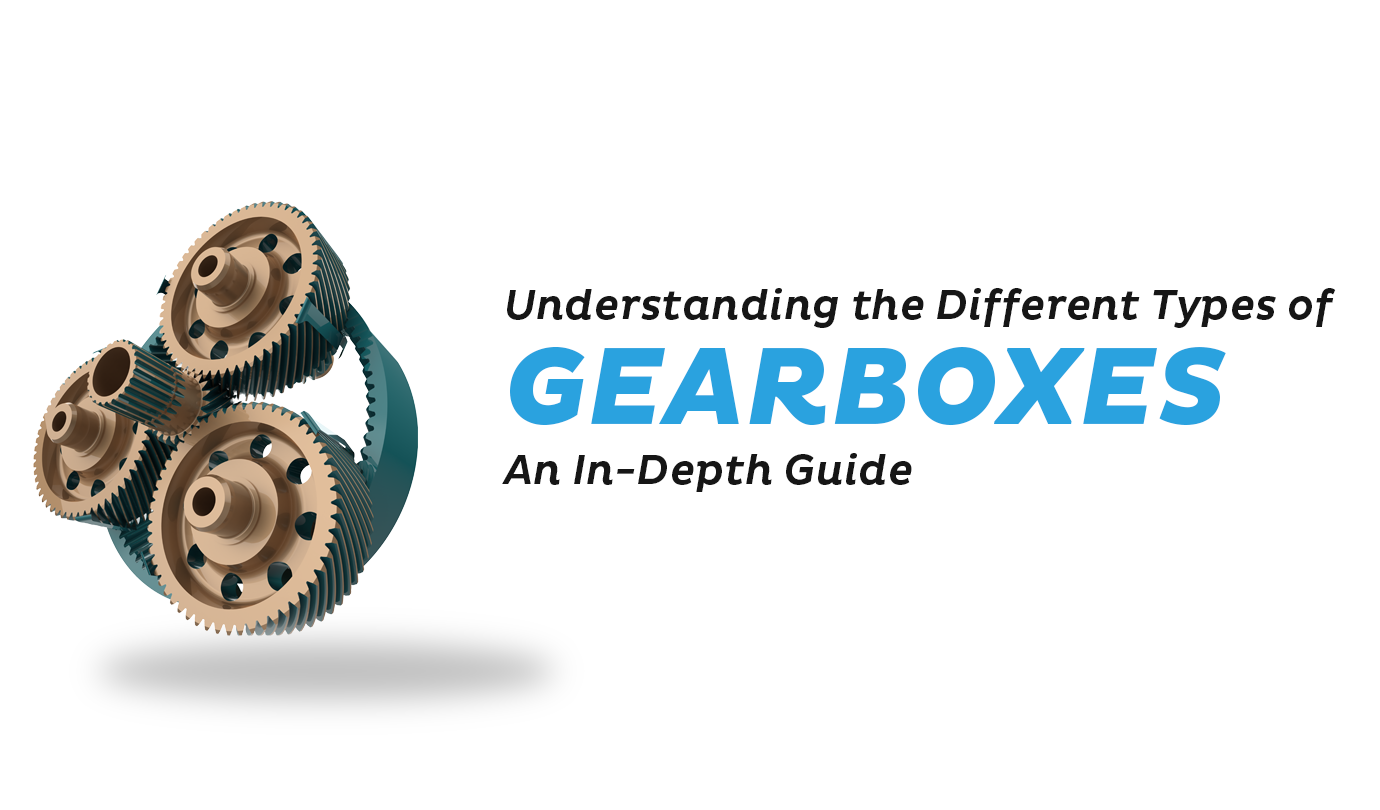Lubricating your planetary gear systems is one of the most critical things you can do to ensure that they continue to perform as expected. Because of how your gears are being used and their size, the sort of lubrication needed for them is determined by these factors.
What Is A Planetary Gearbox?
The input and output shafts of a planetary gearbox are perfectly aligned. To transmit the greatest amount of torque in the most compact shape, a planetary gearbox is employed (known as torque density).
Acceleration hub of a bicycle is the best example of a planet-wheel system. Isn’t it amazing how a little hub can hold so much power and functionality? A one-stage planetary gear system is used for a three-speed hub, whereas a two-stage system is used for a five-speed hub. Reduced, direct, and accelerated modes are all included in any planet gear system.
The lowest reduction ratio is 3:1, while the greatest is in a single stage. Mathematically speaking. The sun’s gear is too large in comparison to the planet’s gear when the ratio is less than three. When the sun wheel is reduced to a size less than 10 times its original diameter, the torque is reduced.
Lubricating Your Planetary Gearbox
There are various ways to lubricate a gearbox, the most frequent of which being grease lubrication, oil splash, and forced oil.
Grease Lubrication
This type of lubricant is good for low-speed operation, but it provides less cooling than oil and, even at low speeds, is not recommended for continuous-duty or substantially loaded applications. Using the correct amount of lubricant is vital with any lubricant, but especially with grease. Too little lubrication prevents an appropriate lubrication layer from developing, whereas too much lubrication, particularly grease, causes viscous drag and results in power loss.
Oil Splash Lubrication
This is commonly used for helical, spur, and bevel gearboxes, although it might also be used for planetary gearboxes. This procedure is also known as an oil bath since it employs an oil-filled (or partially-filled) reservoir. As the gears revolve, they dip into the oil bath, causing the oil to spill onto the other gears and bearings. However, if the gear teeth become completely immersed, a situation known as “churning” develops.
Churning occurs when the gears or bearings have to work harder to “push through” the lubricant. Walking along the water’s edge at the beach is a nice comparison. Going through ankle-deep water is reasonably straightforward, while walking through knee-deep water is significantly more difficult.
The efficacy of oil splash lubrication is highly dependent on gear speed. A tangential speed of at least 3 m/s is necessary for splash lubrication to be effective, according to popular wisdom.
Forced Oil Lubrication
This approach is suited for high-speed applications and comprises oil mist, oil spray, and oil drop. Oil is atomized in the oil mist process, saturating all regions of the gears and other internal components. The oil spray technique, on the other hand, sprays oil lubricant directly to the gears and other components, but it is not always successful since large centrifugal forces change the direction of the oil spray.
The oil drop technique “drops” oil directly onto the areas that require treatment. A pump transfers lubricant from a reservoir to the gears and/or bearings via an internal piping system. When some components are difficult to reach by oil splash, this approach is frequently used in conjunction with the splash (called oil bath) method.
Conclusion
In general, you should know how to properly maintain your planetary gears, as well as how to use and house them. Your gears will suffer greatly if you don’t properly lubricate them. Whether you want to know if you’re taking proper care of your planetary gears, please contact us at Premium Transmission!













